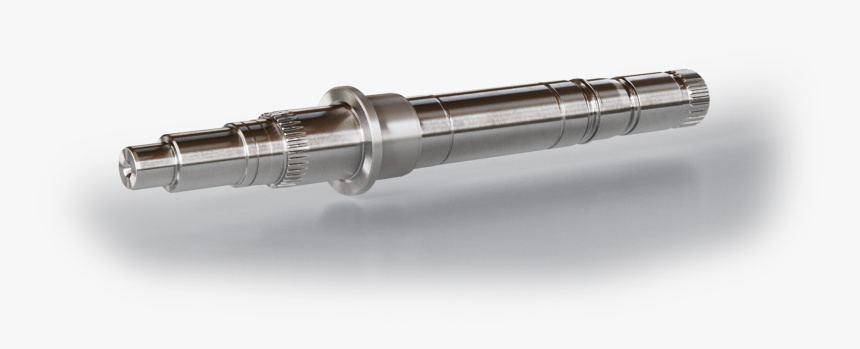
The Manufacturing Process of Shaft
Shaft manufacturing is the process of creating a long, cylindrical component used fortransmitting power from one part of a machine to another. Shafts are commonly foundin engines, pumps, and other mechanical devices, and can be made from a variety of materials including steel, aluminum, and titanium.
The manufacturing process for shafts typically involves the following steps:
1.Material selection: The material for the shaft is chosen based on the applicationrequirements such as strength, weight, and durability.
2.Cutting and shaping: The raw material is cut into the appropriate length anddiameter using cutting tools such as saws, lathes, and milling machines.
3.Machining: The shaft is then machined to the desired dimensions using a variety of cutting tools and techniques, such as turning, drilling, grinding, and honing. This process creates a smooth, uniform surface on the shaft that is necessary for properoperation.
4.Heat treatment: The shaft may undergo heat treatment to improve its strengthand durability. This involves heating the shaft to a high temperature and then cooling it rapidly to create a hardened surface layer.
5.Surface finishing: The shaft is finished with a surface treatment such as polishing, plating, or coating to improve its appearance and protect it from corrosion.
6.Inspection: The shaft is inspected for defects and dimensional accuracy usingspecialized equipment such as gauges, micrometers, and surface finish testers.
Overall, the manufacturing process for shafts is complex and requires a high level of precision and expertise to ensure that the final product meets the necessary quality standards.
